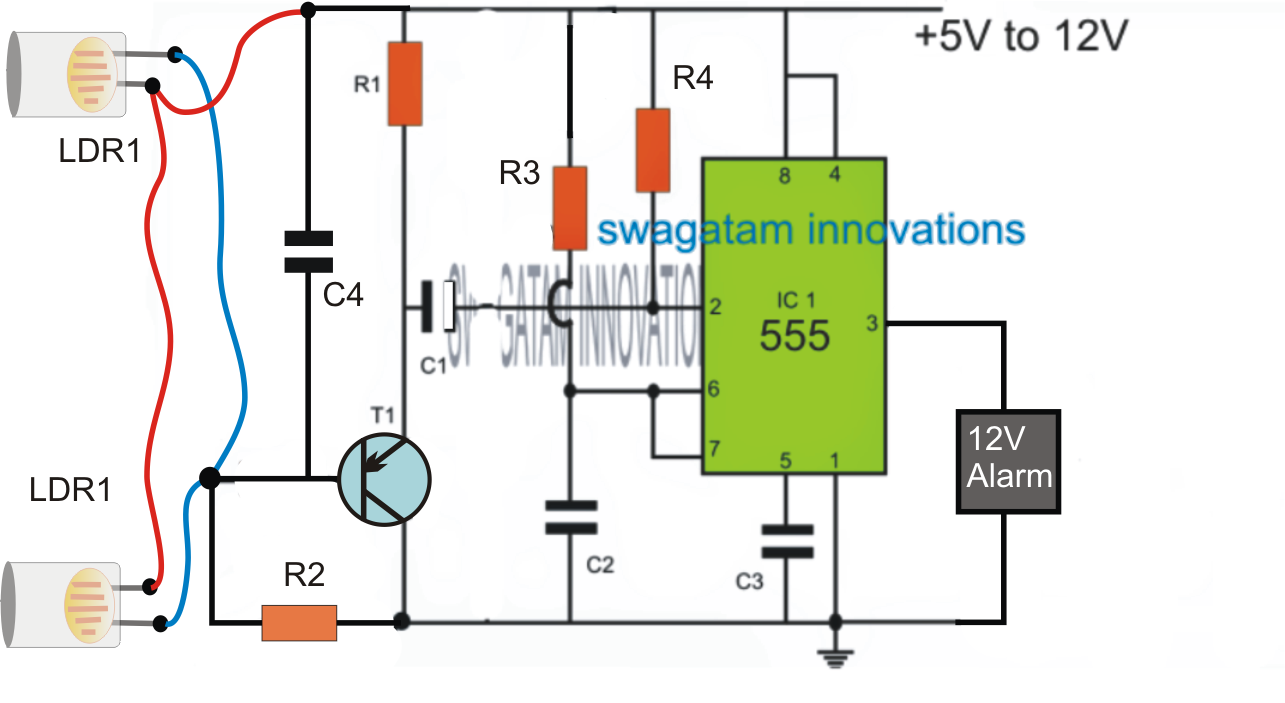

The MODVOLC thermal algorithm detected a total of 97 anomalies in the summit crater, a majority of which were detected during January. Activity gradually increased again in both power and frequency during early March relatively lower peaks of anomalies were also noted in late April and mid-June. Thermal activity remained relatively high through mid-January 2022 and was followed by a gradual decrease in both power and frequency, which was relatively low during late January through February.

MIROVA (Middle InfraRed Observation of Volcanic Activity) analysis of MODIS satellite data showed a gradual increase in thermal activity during late November through mid-December 2021 (figure 92). Significant gas-and-steam emissions were visible drifting SW on 13 March. During 13-18 March lava effusion from vents along the crater floor was detected in satellite images. A growing lava lake was reported, which was also reflected in a 12 January 2022 infrared satellite image of lava effusions covering much of the crater floor. In addition, lava fountaining and collapses at active vents on the crater floor were observed. OVG reported gas-and-steam plumes and visible incandescence from the crater during 3-5 January 2022. The volcano is monitored by the Observatoire Volcanologique de Goma (OVG) and various satellite instruments.Īctivity was relatively low during December 2021 according to a news article, notable long-period (LP) earthquakes were detected during 30 November through 5 December and residents of Goma observed crater incandescence on 4 December. This report updates information from December 2021 through June 2022 and describes lava effusions along the crater floor during January and March 2022, lava fountaining, and persistent gas-and-steam emissions. The current eruption has been ongoing since 2002 and has recently been characterized by active lava on the crater floor and some spatter, as evidenced by strong thermal anomalies and occasional photos (BGVN 46:12). During May 2021 a notable flank fissure eruption consisted of intense seismicity, lava lake drainage, lava flows reaching Goma, and ash plumes (BGVN 46:06). Lava flows have been a hazard in the past for the nearby city of Goma (15 km S). It contains a 1.2 km-wide summit crater with a lava lake that has been active since at least 1971. Nyiragongo, part of the Virunga Volcanic Province (VVP), is located in the Democratic Republic of the Congo along the western branch of the East African Rift system. Strong thermal activity in the summit crater during December 2021 and June 2022


 0 kommentar(er)
0 kommentar(er)
